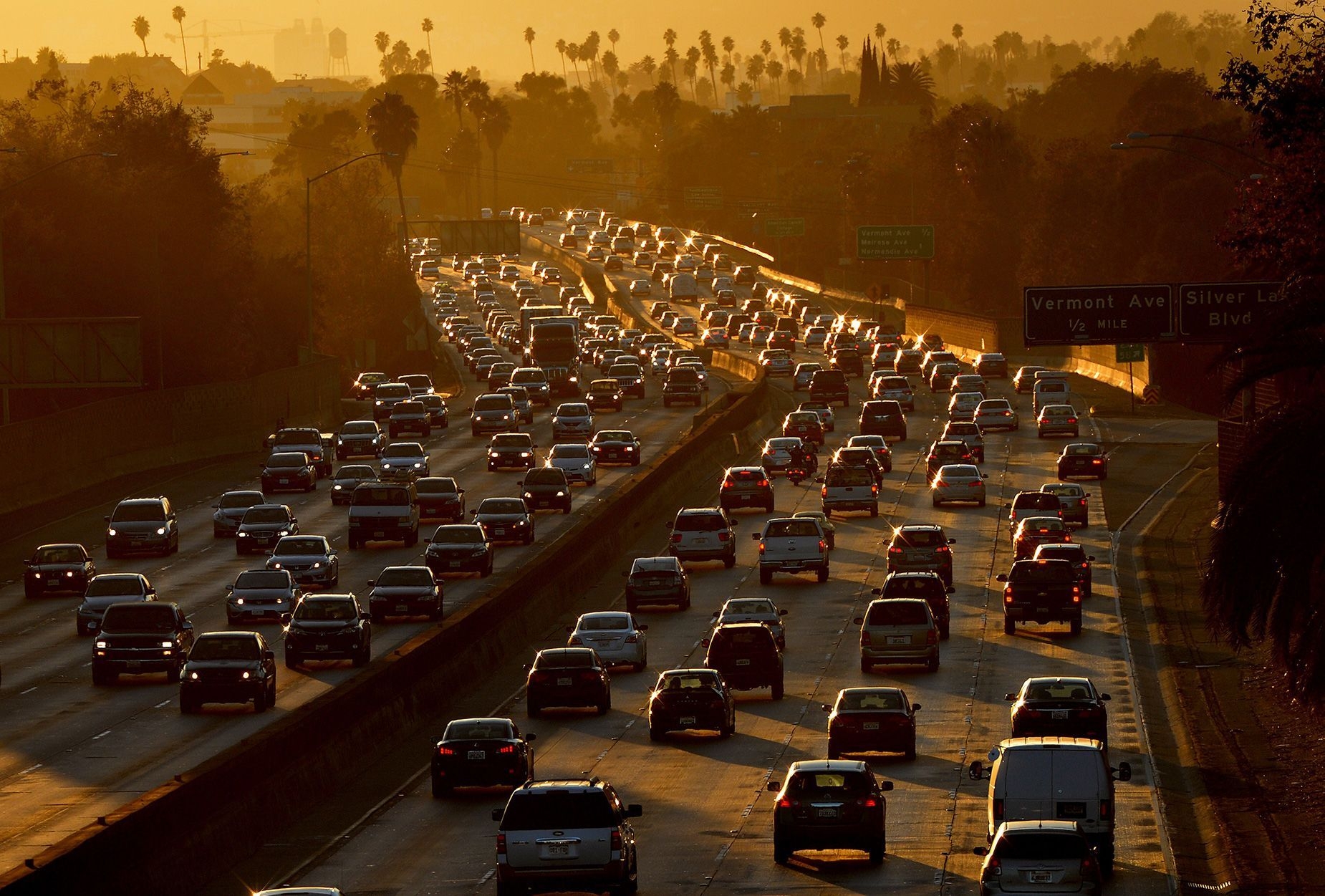
Travel sickness isn’t just hearsay. Nearly a third of people experience motion sickness – and to this day we don’t exactly know what causes it. The prevailing theory suggests it is triggered by a poor perception of movement.
WTOP’s Mike Murillo describes the signs of being car sick
(CNN) — Travel sickness isn’t just hearsay. Nearly a third of people experience motion sickness – and to this day we don’t exactly know what causes it. The prevailing theory suggests it is triggered by a poor perception of movement.
Departure to and return from summer vacations seem moments especially prone to the stealthy advances of this sickness. We (or at least those of us inclined to travel sickness) are more often ill during these particular journeys than during our normal comings and goings.
Let’s note too that lots of travelers feel a sense of fatigue, drowsiness, apathy or lack of energy without having done any particularly exhausting activity. These are in fact symptoms of mild motion sickness, which show that many more people are affected by the condition than you’d think.
Why this apparent heightened susceptibility during vacation trips? There are many reasons. Compared to normal travel, these journeys feature certain conditions, all with the potential to increase the incidence and severity of symptoms. Here are some pieces of explanation, and advice to minimize the risk.
Long journeys – repetition of movements that make you queasy
In a car, the further one travels, the more likely one is to feel ill, as shown by a number of mathematical models which predict motion sickness.
It’s the adding up of unpleasant movements which takes us over the threshold where we feel symptoms. For certain people, this can happen after just a few minutes; for others it develops more slowly. Only on long journeys, after several hours on the road, in the air or on a boat, will this latter group be pushed over their limit and start feeling unwell.
Activities undertaken to pass the time during a long journey could add to feelings of queasiness. Often people do something to occupy and entertain themselves: read a book, watch a film, play a video game or scroll through social media. Except, these visually stimulating activities absorb our attention to the point that we’re not tuned in to the visual cues that allow our brain to assess the movement of the vehicle. This creates a confusion in the perception of movement. As a result, it becomes much easier to feel sick.
Journey conditions: risks adding up
In summer, the temperature inside a vehicle is difficult to control, with the sun often imposing a stifling heat; conditions which tend to accentuate the symptoms of motion sickness.
When it’s hot, our body has to make an effort to regulate its temperature, through sweat or breathing for example. These various signals amount to “primary symptoms” as they can contribute to the appearance of other more substantive symptoms: dilation of the blood vessels, sickness, nausea or vomiting, as applicable.
To counter these effects, one is tempted to switch the air conditioning on, which could itself, perversely, worsen the situation for passengers highly susceptible to motion sickness. Ventilation and cabin air systems also push people toward their nausea thresholds.
Unpleasant smells are another factor that can accentuate car sickness symptoms: traffic fumes, cigarette smoke, fetid air or even the smell of leather were identified as the second most common cause of car sickness! These are bigger risk factors at the start of the summer travel season, when air pollution peaks regularly and the sun’s rays heat up materials. It’s also known that there is a region of the brain – the area postrema or chemoreceptor trigger zone – which can trigger over-production of saliva and nausea specifically when certain smells are detected – a protective reflex against toxins and other poisonous substances.
Traffic: a physical and mental imposition
In a car, it isn’t speed that makes one ill but changes in speed, especially abrupt ones. Acceleration and braking movements aggravate the human body, even more than turning corners.
In practice, variations in speed are often forced on the driver by road design (speed limits, crossings, traffic lights), but also by the state of the traffic. A car stuck in jams will be forced to speed up and slow down at random intervals, which grates, even at low speeds.
Traffic jams also have a psychological element. Delays to a journey (which might already have been very long), anxiousness about arriving at the arranged time, which is looking less and less likely, tiredness, stress and irritation can all cause the passengers’ mood to crash. It’s been observed that these factors significantly impact the degree of motion sickness symptoms. It would be better to take these setbacks calmly and stay in a relaxed frame of mind but that’s of course easier said than done.
Some tips to limit the damage
If you’re driving with passengers with a tendency to be car sick, or you’re susceptible yourself, some adjustments to your travel habits might help you.
For the driver:
• Take regular breaks. This allows passengers to take a breather, and to reduce to a significant extent or even get over their symptoms. Sometimes symptoms can take a while to disappear but generally 15-30 minutes is enough.
• Try to cut down the amount of hard acceleration and braking you do. Keep as far as possible to the same speed and adopt a smooth driving style, including when you overtake or brake.
• Avoid taking corners too sharply on winding roads. Passengers should be jolted in their seats as little as possible.
For passengers
• Sit as far forward in the vehicle as possible. Any movement while travelling is better absorbed by the body from this position. It’s in the driver’s seat that people are least affected by car sickness, since one has control over the vehicle’s movement.
• Avoid looking at screens and other visual content (books, etc.), particularly when the vehicle isn’t moving at a constant speed. Instead, try and look forward out of the window, towards the horizon.
• Shut your eyes or try to sleep. Slowing down activity soothes the body.
• Tilt your seat back. This allows you to be less destabilized by the vehicle’s movements
• Go for car games with the other passengers if you get bored: play “I Spy,” sing songs, or count cars of a particular color or make – these are all old favorites of proven effectiveness to help pass the time and, above all, take your attention away from the queasiness. The emergence and disappearance of symptoms is mainly a psychological phenomenon.
Finally, given the role of the mind in car sickness symptoms, note that passengers experiencing queasiness can feel better with a placebo (something with no proven medicinal value but presented to them as a magic cure). Simple tips have been shown to be particularly effective. For example, offering a sweet, a piece of chewing gum, a sip of water or a breath of fresh air while talking up their effectiveness will give your fellow travellers a little boost.
We wish you happy travels, hoping your journey conditions are as good as they can be.
William Emond is a PhD student in carsickness mitigation at the University of Technology of Belfort-Montbéliard, France. Translation from French to English by Joshua Neicho.
The-CNN-Wire
™ & © 2023 Cable News Network, Inc., a Warner Bros. Discovery Company. All rights reserved.
Stay connected with us on social media platform for instant update click here to join our Twitter, & Facebook
We are now on Telegram. Click here to join our channel (@TechiUpdate) and stay updated with the latest Technology headlines.
For all the latest Lifestyle News Click Here

